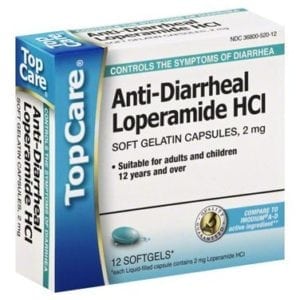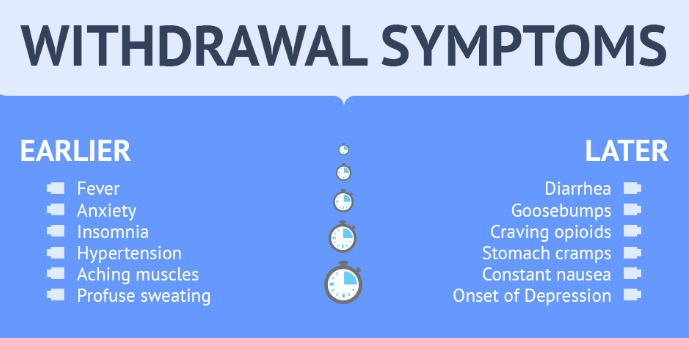
#A OPIATE WITHDRAWL DIARIE DRIVER#
7 Regarding extended-release naltrexone, practice guidelines dictate that the patient must be abstinent for 7–10 days before receiving the medication, which is administered intramuscularly, and studies have shown that this time gap is a strong driver of both failure to initiate treatment and relapse, largely because of the withdrawal discomfort patients can experience.


2 Additionally, when patients transition from methadone to buprenorphine, a taper is usually necessary, and emergent withdrawal symptoms often complicate this transition. 5, 6 Withdrawal treatment is usually the first step in stabilising patients with opioid use disorder onto MOUD. 3 Standards of care include medications for opioid use disorder (MOUD)-either partial (buprenorphine) or full (methadone) μ-opioid receptor agonists, or antagonist treatment, namely, monthly, injectable extended-release naltrexone. 4 Further, managing opioid withdrawal is also relevant for the treatment of opioid use disorder. 3 For patients with CNCP taking long-term prescription opioids, opioid withdrawal is a major obstacle to successfully decreasing opioid dose or discontinuing opioid therapy altogether. 2 Although conventionally considered non-life threatening, the clinical manifestations of opioid withdrawal can lead to severe fluid loss and electrolyte abnormalities that result in haemodynamic instability and death necessitating, per Kraepelin’s dictum, astute clinical management.

Opioid withdrawal is an important clinical syndrome that can cause considerable discomfort, perpetuate drug-seeking behaviour, and preclude engagement in appropriate treatment in patients with opioid use disorder and chronic, non-cancer pain (CNCP).


 0 kommentar(er)
0 kommentar(er)
